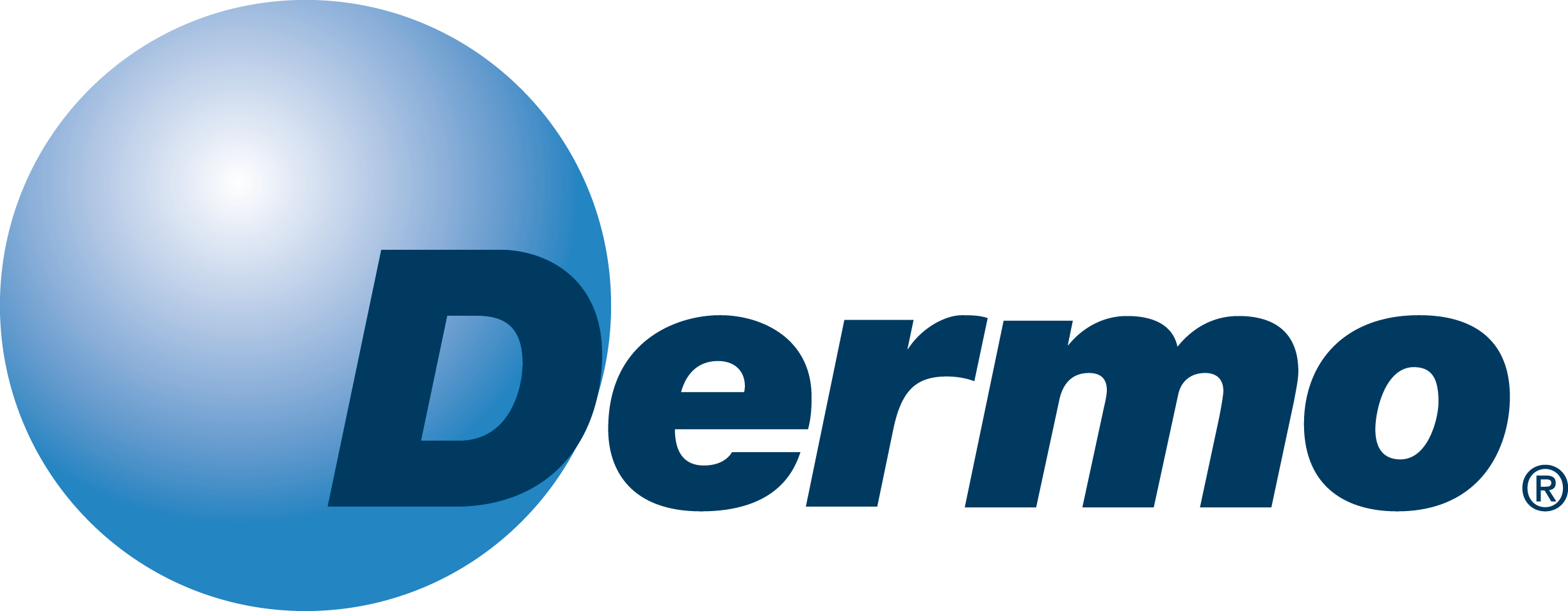As cleaning products supplierAt Dermo we want to explain to you the best way to clean and maintain non-slip floors, which we frequently find in public places and common areas such as garages, outdoor areas, kitchens, bathrooms...
Non-slip floors are widely used in public places because they provide safety by preventing possible falls, but they present some difficulties and inconveniences when it comes to maintenance and cleaning, because they are rough or porous floors on which dirt settles more easily and they can rot prematurely due to excess humidity.
As cleaning products supplierAt Dermo we want you to know which are the best products you can use and what steps you should follow to clean this type of flooring in complete safety.
Types of non-slip flooring
This type of flooring can be seen on sidewalks, parks, stairs, ramps, hospital interiors, schools, libraries, gyms, garages, bathrooms, kitchens, terraces…
- Textured tiles: These are non-slip floorings made from ceramic materials or cement, which are usually tiles with surfaces of different levels and roughness on the surface, which offer great resistance to the use of mops.
- Rubber and vinyl strips or tiles; These are coverings that have different reliefs in which dirt is embedded very easily. It is important to maintain adequate cleaning, avoiding the use of solvents.
- Non-slip mosaic tiles; These floors are widely used in pool linings, with different designs, materials, qualities and characteristics. They are maintained with pressure cleaning machines.
- Anti-slip paints on floors; Sometimes the floor is covered with one of the anti-slip paints for floors, which serve to prevent falls when cleaning this type of floor, because if products that are too aggressive or not suitable for anti-slip floors are used, they could lose their effectiveness and their main function.
How to clean these floors?
As supplier of cleaning products We can give you some practical advice so that you can properly clean any type of non-slip flooring against different types of stains: organic stains (oil, feces, fruit, etc.) or inorganic stains (metals, minerals, chemical compounds, etc.)
To clean this type of floor, you need special mops for rough floors and non-slip floors, made of microfibre and with a special finish, which allow you to slide the mop without risk of the fabric breaking or the floor losing its function. Sometimes a wet vacuum cleaner is used to remove almost all the moisture and for a much faster drying.
In the case of non-slip floors that may suffer grease stains, it is best to use a broom to remove the most superficial dirt and then work with a mop specialized for these cases, spreading a little ammonia well dissolved in very hot water, working these stains later, by hand, with a root brush.
Visit our website to see everything we can offer you as supplier of cleaning products, designed for domestic and industrial use.


